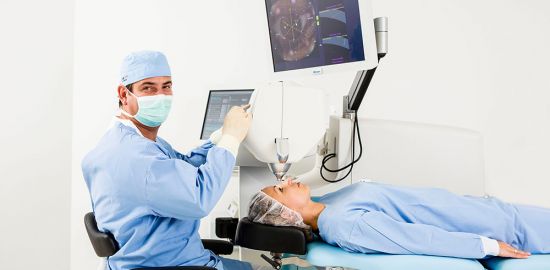After replacing the natural lens with an intraocular lens (IOL) in a cataract operation or for correction of very severe myopia or hyperopia and astigmatism (curvature of the cornea), there may be some remaining refractive errors making it necessary to continue to wear glasses at certain distances. One reason for this is the distance of the artificial lens from the cornea which cannot be predicted exactly - despite extensive pre-surgical diagnostics, improved surgical methods and high precision in producing the artificial lenses. The add-on lens is placed in the eye in addition to the intraocular lens to compensate for existing refractive errors, for example if the implanted IOL corrects long-distance vision but glasses are still needed at short and medium distances. In this case, the add-on lens is placed in front of the IOL four to six weeks after the first operation to establish clear vision without glasses at short and medium distances also; glasses may only be required to be worn for specific tasks like working on the computer under certain circumstances.
Placing an add-on lens can be performed even years after placement of the IOL if it is no longer sufficient due to natural progression of the ametropia. A later exchange of the add-on lens is also possible in a gentle manner without any problems. There are more advantages for placing an add-on lens as an alternative to exchanging the IOL:
- Placing an add-on lens is more precise since the exact position and refractive power can be calculated more easily than they can be when exchanging the IOL in the capsular sac.
- Placing an add-on lens is less stressful for the patient since the capsular sac does not have to be re-opened, contrary to an exchange of the IOL.
Two lenses for correction of severe ametropia
In addition to fine adjustments, the add-on lens may also be used to strengthen the effect of the intraocular lens in correcting severe ametropia. This makes sense if the main lens on its own would be too weak to compensate for e.g. severe hyperopia (farsightedness). In these cases, the add-on lens is also implanted four to six weeks after the main lens. The combination of an IOL with an add-on lens may also be a suitable solution in other cases since two lenses with less power are less thick than a singular lens with a higher power.
Cataract in children
Using an add-on lens is also recommended in pediatric cataract surgery since refraction changes in children due to their growth. The add-on lens can be updated without having to replace the intraocular lens in the capsular sac.


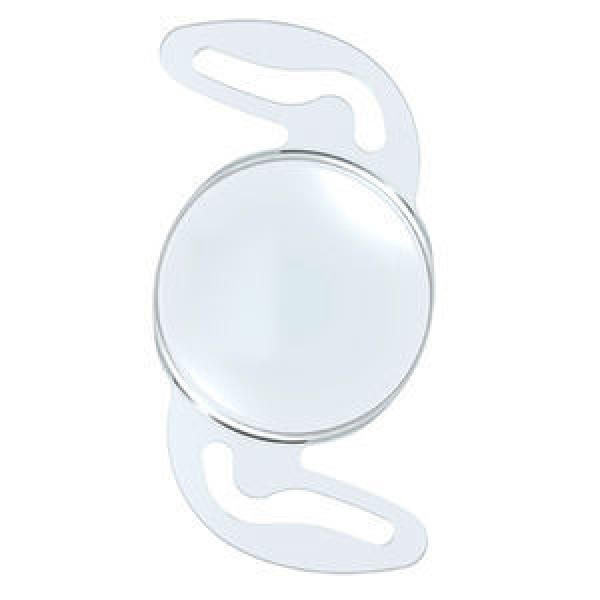
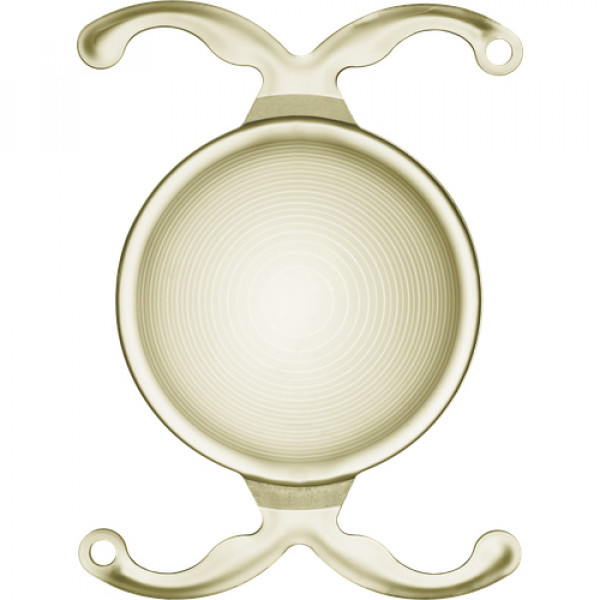
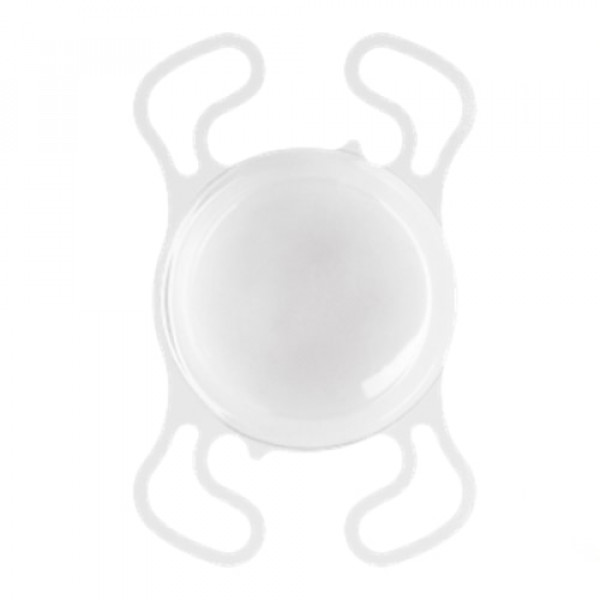
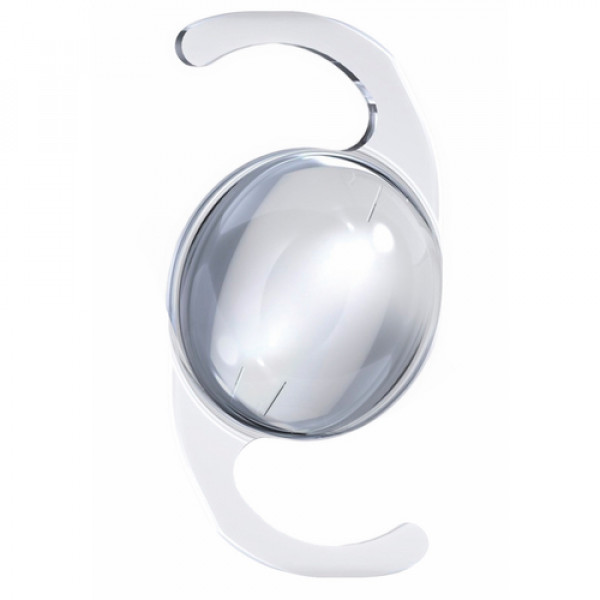
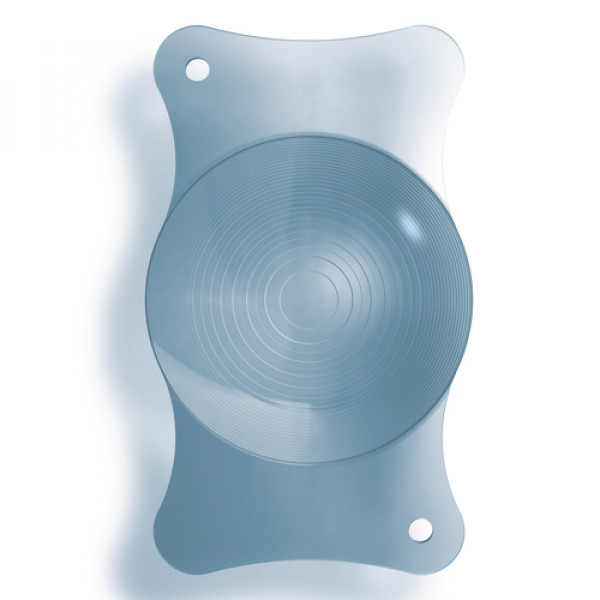
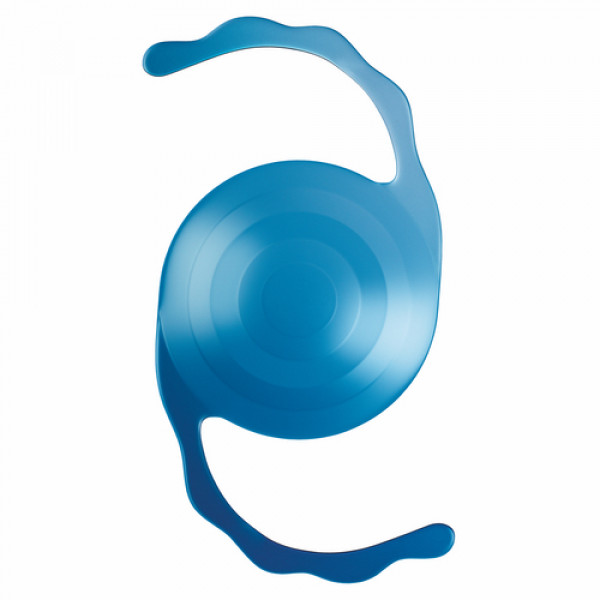
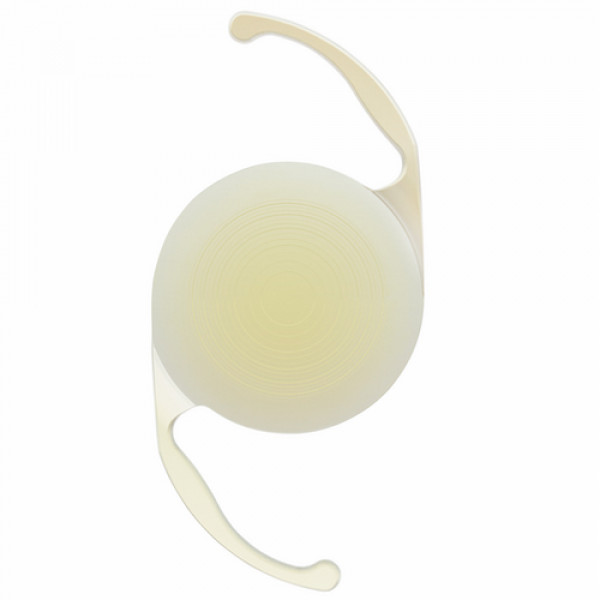

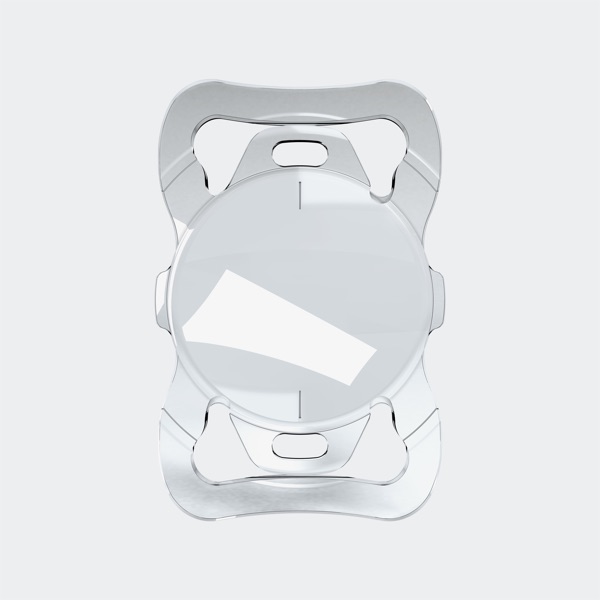
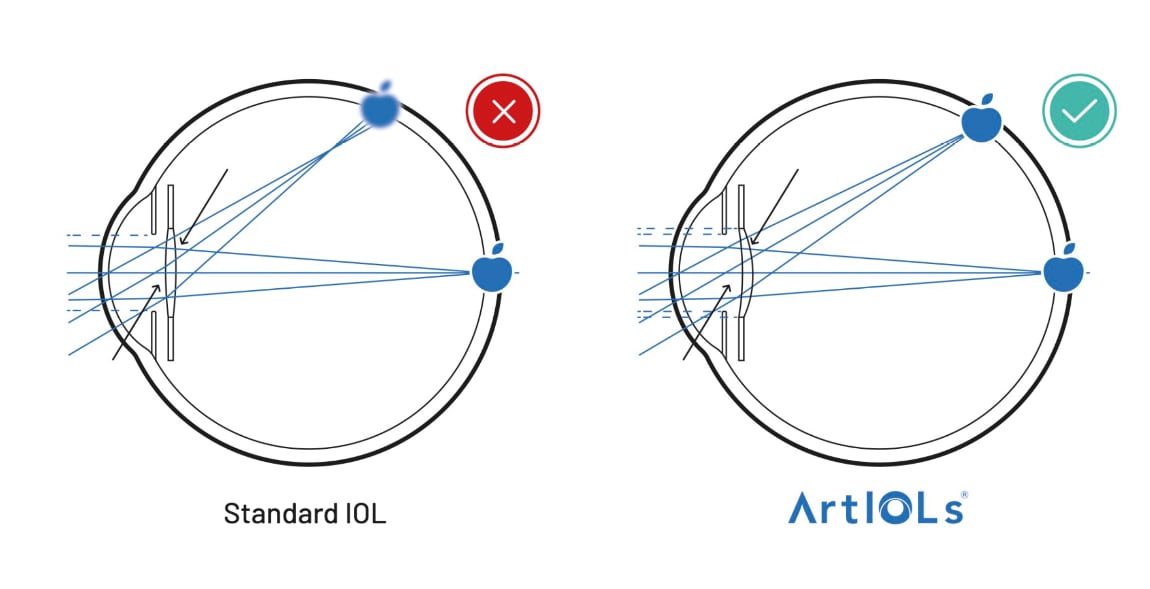
![Teaserfoto [EN] Cassini LED-Topographie](https://augenchirurgie.clinic/thumbs/ueber-uns/technik/cassini-led-topographie/teaser-550x270-q80.jpg)
